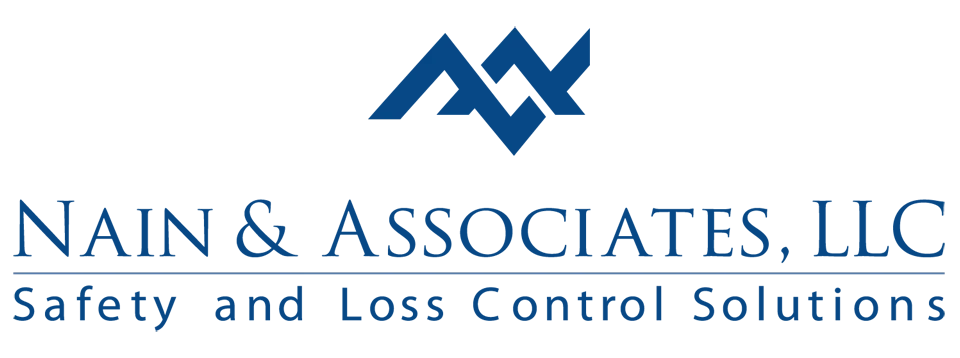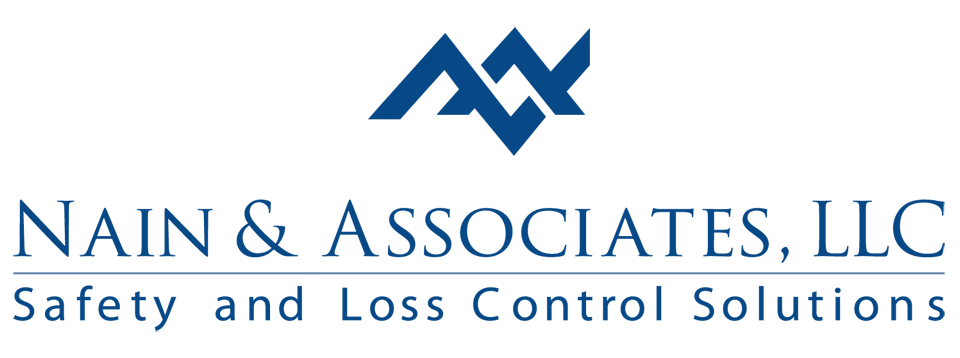

(828) 471-4317
Now Offering Spanish Safety Training!

Now Offering Spanish Safety Training!
Respirable Crystalline Silica in Construction: Practical Compliance Checklist (29 CFR 1926.1153)
Respirators in Construction
What the Rule Requires: Table 1 and Beyond

OSHA’s construction silica standard lets employers follow Table 1 for specified tasks or perform exposure assessments. Either way, you must implement engineering and work-practice controls, provide respirators when required, and designate a competent person to oversee the program.
Start with scope. Confirm tasks generating respirable silica—cutting, drilling, grinding, chipping, jackhammering, and dry sweeping. Match each task to Table 1’s control combination: water delivery systems, shrouds and dust collection, and required respiratory protection at certain durations.
When tasks fall outside Table 1—or conditions differ—assess exposure and document results. Build daily planning around ventilation, water flow, housekeeping that avoids dry sweeping, and restricted access near high-dust work. Tie these requirements into pre-task plans and toolbox talks, and complete a job hazard analysis for complex operations or multi-trade overlaps.

Exposure Assessment and Controls Checklist:
Choose your path per task: follow Table 1 as written or perform initial and, if needed, periodic exposure monitoring. For Table 1, verify the exact tool, control, and cfm requirements; for assessment, sample similar exposure groups and worst-case conditions. Keep records showing who was monitored, duration, results, and any follow-up actions.
Engineer first. Use integrated water feeds or shrouded tools connected to high-efficiency vacuums with filter-cleaning features and proper cfm. Maintain seals and gaskets, check hoses for kinks, and replace clogged filters. Control sources before relying on PPE. For stationary operations, add local exhaust or movable ventilation, and coordinate wind and laydown to keep bystanders upwind and away.
Work-practice controls sustain results. Pre-wet materials, cut at the lowest effective speed, keep saw blades sharp, and avoid compressed air for cleaning. Housekeeping matters: use HEPA vacuums or wet methods; prohibit dry sweeping. Where Table 1 or assessment requires, provide appropriate respirators, medical surveillance for eligible employees, and ensure fit testing and seal checks before dusty tasks begin.
Competent Person, Planning, and Supervision

Appoint a silica competent person to identify hazards, verify controls, and correct issues promptly. This person reviews tasks, inspects tools and vacuums, confirms water and airflow, and enforces restricted areas when dust migrates. They document fixes during the shift and brief crews at the start of each day.
Pre-task planning should list tasks, locations, controls, respirator triggers, and housekeeping instructions. Include power availability for vacuums, water sources, and backup tools. Coordinate with other trades to prevent interference that can spike dust, like adjacent demo or sweeping near cutting operations.
Supervision closes the loop. Foremen observe work practices, confirm vacuum performance (filter pulsing, cfm), and pull damaged tools from service. They ensure signage or barriers around high-dust activities and pause work when conditions change—wind shifts, tool swaps, or longer durations than planned—then revise the plan before restarting.
Appoint a silica competent person to identify hazards, verify controls, and correct issues promptly. This person reviews tasks, inspects tools and vacuums, confirms water and airflow, and enforces restricted areas when dust migrates. They document fixes during the shift and brief crews at the start of each day.
Pre-task planning should list tasks, locations, controls, respirator triggers, and housekeeping instructions. Include power availability for vacuums, water sources, and backup tools. Coordinate with other trades to prevent interference that can spike dust, like adjacent demo or sweeping near cutting operations.
Supervision closes the loop. Foremen observe work practices, confirm vacuum performance (filter pulsing, cfm), and pull damaged tools from service. They ensure signage or barriers around high-dust activities and pause work when conditions change—wind shifts, tool swaps, or longer durations than planned—then revise the plan before restarting.

Documentation should be simple and repeatable: a task-control matrix, daily inspection checklist for tools and vacuums, respirator issue log, and a summary of restricted areas used. Photos of setups help prove controls were in place. Keep copies with the foreman and upload to a shared folder for audits.
For sites using exposure monitoring, label samples clearly, record durations and conditions, and archive lab results with corrective actions. Tie findings to training refreshers and tool maintenance. Where results approach the action level, upgrade controls, shorten durations, or rotate personnel while maintaining productivity and quality.
Air Sampling, Respirators, and Medical Surveillance
When Table 1 doesn’t cover the task—or you choose assessment—use personal sampling pumps to capture worst-case exposures. Calibrate before and after, place cassettes in the breathing zone, and record duration, task, tool, and conditions. Partner with a lab meeting OSHA/NIOSH methods and document all results. If needed, arrange industrial hygiene sampling to validate controls or establish similar exposure groups.
Respiratory protection is required when controls alone can’t keep exposures below limits or where Table 1 specifies it. Select N95, P100, or elastomeric respirators as appropriate. Ensure medical evaluations, fit testing, training, and daily seal checks. Store respirators clean and dry; replace filters per schedule or when breathing resistance increases.
Medical surveillance applies to employees required to wear respirators for 30 or more days per year for silica work. Provide baseline and periodic exams, keep confidential records with the provider, and act on recommendations. Supervisors must align schedules and assignments to keep respirator days accurate and documented.
Housekeeping, Communication, and Recordkeeping
Use wet methods or HEPA vacuums for cleanup; prohibit dry sweeping and compressed air unless combined with effective ventilation. Stage cleanup tools near dusty tasks and empty vacuum canisters before performance drops. Keep water controls winter-ready to avoid frozen hoses.
Communicate clearly. Post restricted areas around high-dust activities, and brief delivery crews and visitors on routes that avoid active cutting or grinding. Include silica notes in daily huddles and subcontractor orientations so everyone understands controls and stays out of exposure zones.
Keep records: exposure assessments, Table 1 task lists, training, fit tests, medical surveillance rosters, and corrective actions. Retain vacuum maintenance logs and tool inspection checklists. During audits or inspections, these documents demonstrate a functioning system—not just a policy—reducing citation risk and improving outcomes for workers.

When conditions change—new tools, materials, durations, or layouts—reassess. Update pre-task plans, adjust water flow or vacuum cfm, and reposition barriers. If dust escapes, stop, correct, and document the fix with photos. Share lessons learned at weekly meetings to prevent repeat issues.
Train new and returning workers before assigning silica tasks. Emphasize recognizing visible dust, using water and vacuums correctly, and performing seal checks. Keep training short, frequent, and practical, and pair with field coaching. The goal is consistent controls that crews actually use, shift after shift.
How Nain & Associates Can Help
We build practical silica programs that crews can run. Our team maps your tasks to Table 1, writes pre-task plans, and standardizes vacuum and water setups with photos and checklists. We can perform or coordinate exposure monitoring, interpret results, and tune controls so production stays on schedule without compromising protection.
Supervisors get concise playbooks: when respirators are required, how to set restricted areas, and what to document daily. Authorized staff receive hands-on coaching to troubleshoot water systems, confirm vacuum performance, and replace worn parts before dust spikes. We also align medical surveillance and recordkeeping so requirements don’t get missed during busy phases.
Need bigger lift? We offer bilingual training, toolbox talks, and site audits that mirror OSHA’s approach. We can also deliver competent person training for silica oversight. Call (828) 471-4317 or request services to launch a defensible, field-tested silica program that protects people and passes inspections.
Have Questions About What We Offer?
To learn more about our services, contact us today!
Have Questions About What We Offer?
Contact us to learn more about our services

Speak with a
safety Specialist
Workplace Safety Training & Consulting Experts for
Charlotte, Hickory, Asheville, North Carolina and
the Southeast for since 2005!
Design By: Customers.Plus
© 2025 | Nain & Associates LLC


